Editor's note: Sadly, in June 2020 it was announced that Indian Accent would not be reopening after the enforced restaurant Covid19-related lockdown in the spring of 2020. This closure as no effect on the branches in New York or Delhi.
This restaurant, which opened in December 2017, is the younger sister of Indian Accent in Delhi. The latter was founded in 2009 and has become established as the standard bearer for modern Indian cuisine. The Delhi Indian Accent is the only restaurant from India on the World’s Top 50 list (as it has been for five consecutive years) and in 2019 was ranked 17th best restaurant in Asia. There is also a sister restaurant in New York. I have written about Indian Accent several times. The menu here is very similar to the Delhi mothership and the kitchen is led by that restaurant’s former head chef Parminder Singh, who had worked for years under the group’s founder and executive chef Manish Mehrotra.
The meal began with a miniature blue cheese naan and a cup of coconut and pumpkin shorba (soup). The naan is an unusual idea that works well but the star element is the shorba, which has very deep flavour (16/20). Paneer (cottage cheese) tikka came with coriander pesto. It is hard to make paneer exciting but this was quite impressive, with good texture and flavour that was nicely enhanced by the coriander pesto (15/20).
Kashmiri morels with walnut powder and Parmesan popadom is a signature dish of the restaurant. Kashmir is noted for its fine morels, which here are stuffed with chopped morels before being tossed with walnut powder and baked. The thin Parmesan crisp was extremely delicate and had plenty of flavour, working nicely with the mushrooms (easily 17/20).
A series of five little pooris was served, each perched on top of a shot glass of flavoured water. You pour the water into the hollow poori and then pop it into your mouth, the flavours bursting on the tongue. The flavours tonight were mint and coriander, which was quite spicy, slightly sweet tamarind and tomato, smoked pineapple. pomegranate and finally soothing garlic and buttermilk. The pooris were particularly delicate and this dish worked even better than I remember from previous visits (16/20). Lamb chops were suffused with spices and tender, served with Jerusalem artichoke flavoured with cumin. Although the lamb itself was very good, I thought that the artichokes were even better, extremely well cooked and working really nicely with the carefully judged cumin flavour (16/20).
Pork ribs with onion seeds had very tender meat that slid off the bone, with a rich and slightly sweet sauce made with sun-dried mango and onion seeds. The hint of sweetness of the mango paired well with the pork, and the acidity of the fruit meant that the overall effect was not cloying (16/20). At this stage there was an intermediate course of a palate cleanser, a pomegranate and salt lollipop. I am not usually a fan of traditional palate cleansers as they can introduce unwelcome sweetness into a savoury course sequence, but this worked very well. The pomegranate brought freshness and the salt was an interesting touch (15/20).
Tandoori salmon with black pepper came with sorrel chutney as well as black pepper chutney, lemon and black garlic cream. The Scottish salmon was cooked well, its inherently rather bland flavour nicely lifted by the chutneys (15/20).Chicken tawa with tomato and fenugreek sauce was the least successful dish of the evening. The chicken didn’t have much flavour and for me the fenugreek flavour did not come through sufficiently, which is odd given what an inherently big flavour it usually is. The overall effect of the sauce was just too bland to my taste (13/20).
Green pea kofta with a tomato sauce was impressive. The kofta had quite crisp exterior and plenty of pea flavour laced with spices on the inside (16/20). Black dhal is a classic dish, popularised in Delhi by the well-known restaurant Bhukara. Now almost every Indian restaurant seems to serve a version of this dish, which is cooked overnight, but the rendition of it here is exceptional. The lentils had excellent texture and the sauce possessed smoky flavour note that was as dark and brooding as a Hollywood matinee idol (17/20).
Butter chicken kulcha was a superb bread, the texture lovely and the bread stuffed with rich butter chicken, itself a classic north Indian dish. This is an original and gorgeous side dish, an interesting way to introduce butter chicken onto the menu (17/20). Morel pulao rice had very good texture, the mushrooms having excellent flavour (14/20).
For dessert, carrot halwa tart was impressive, the pastry delicate and the halwa having plenty of slightly sweet carrot flavour. The dish was greatly enhanced by a superb pistachio ice cream that had a little salt added. The ice cream not only had excellent texture but deep pistachio flavour, and the sprinkling of salt was an unusual and interesting touch (16/20). I also sampled a rice pudding which had good texture and featured a rather ordinary fig but also some superb honey and ginger ice cream.
Service was very attentive. The bill came to £128 per person including cocktails and drinks. Overall this was another impressive meal at Indian Accent, which is producing the best Indian food in London at present. Indeed, the standard here is essentially indistinguishable from that of the original Delhi Indian Accent. The three best current Indian restaurants in and around the capital are Indian Accent, Jamavar and Dastaan. The fact that not one of them has a Michelin star is a damning indictment of Michelin’s abilities to understand Indian cooking. The food at the current starred places, namely Trishna, Amaya, Quilon, Veeraswamy and Gymkhana (which has been closed for many months due to a fire but reopened in February) is fine, but Indian Accent is clearly cooking at a higher level than any of them.
Further reviews: 26th Aug 2019 | 27th Feb 2018 | 21st Dec 2017































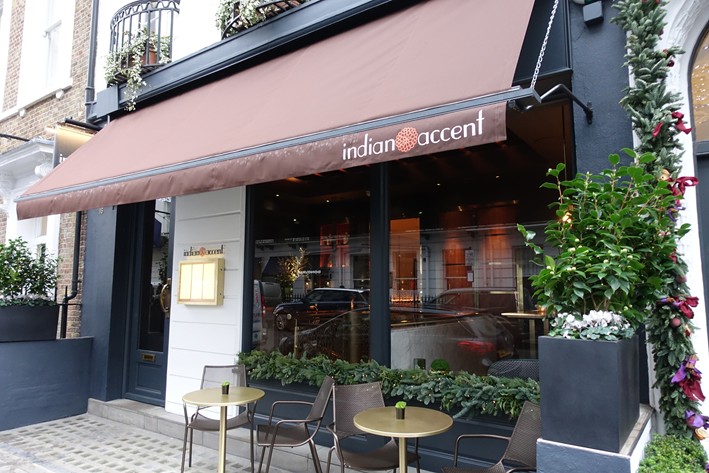
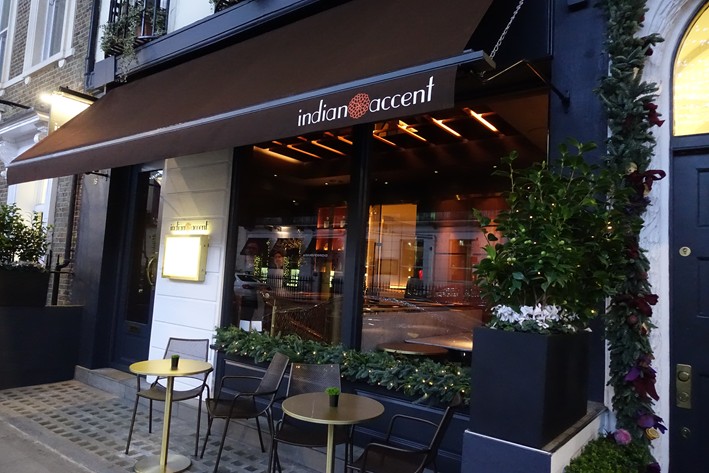
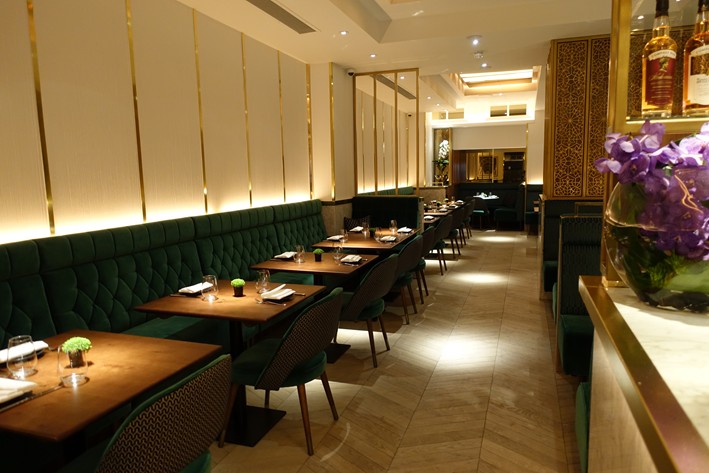

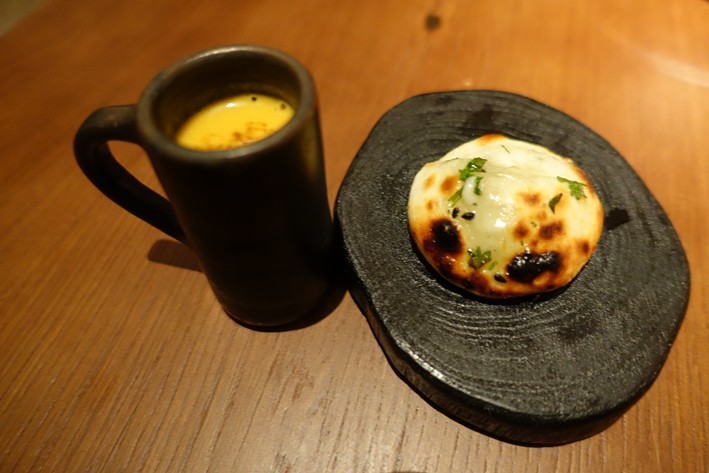
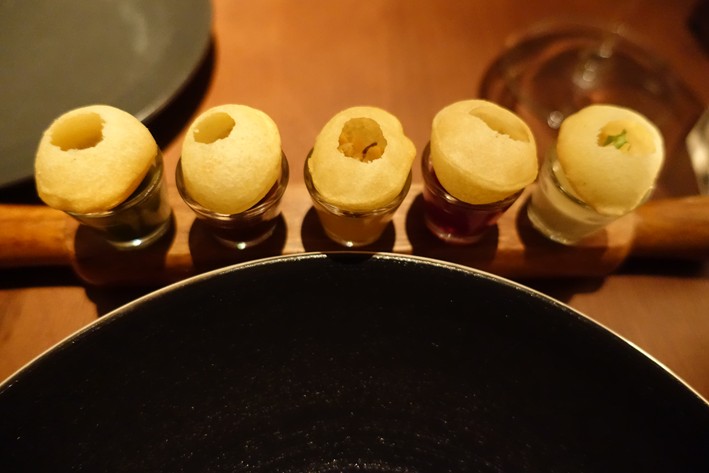
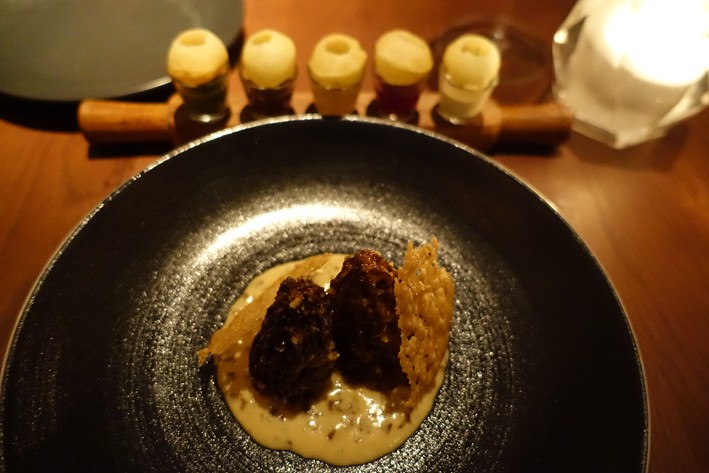
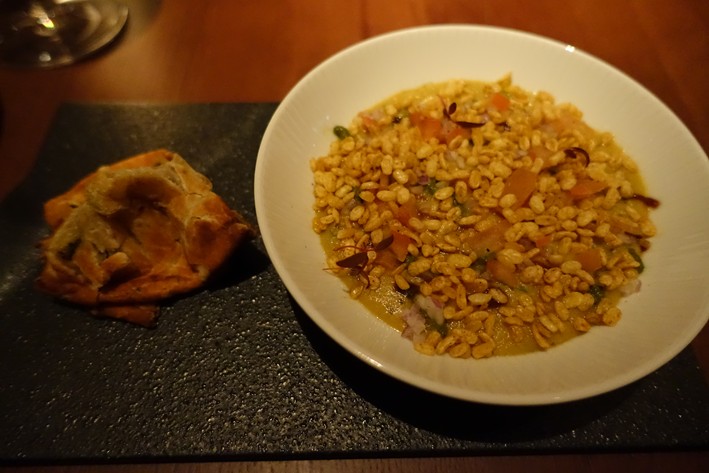
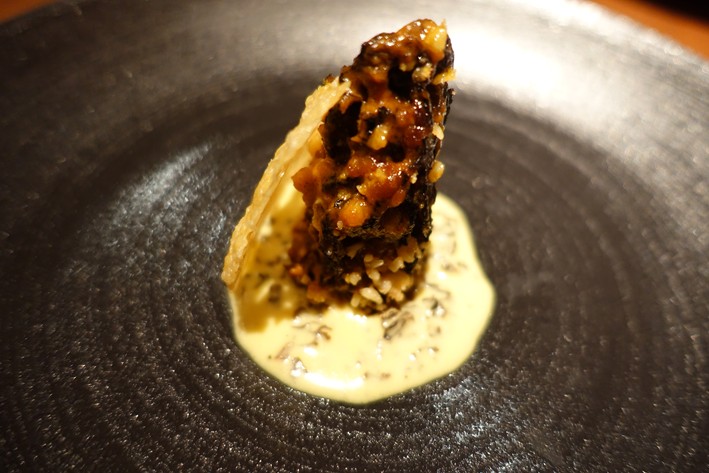
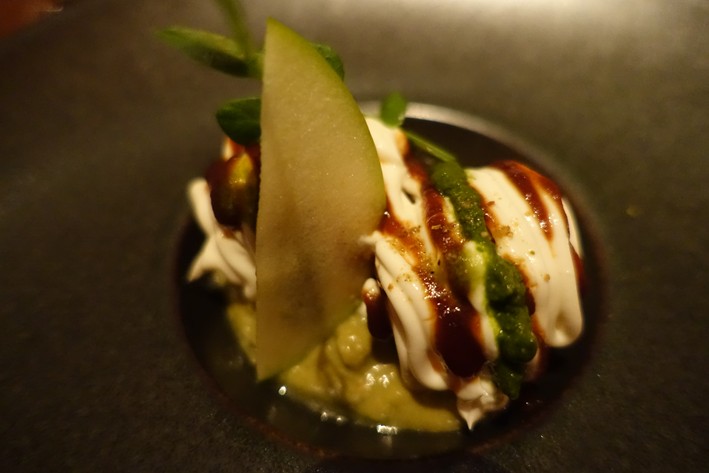

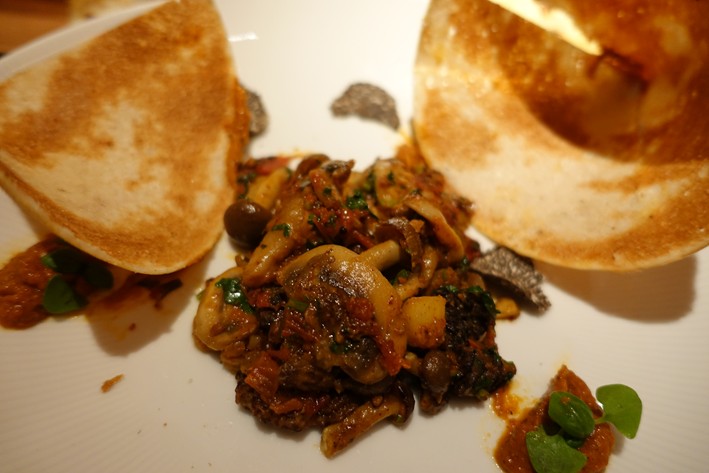
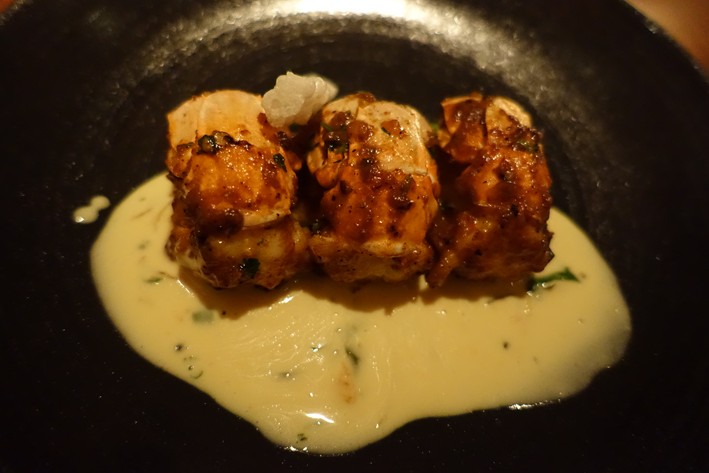


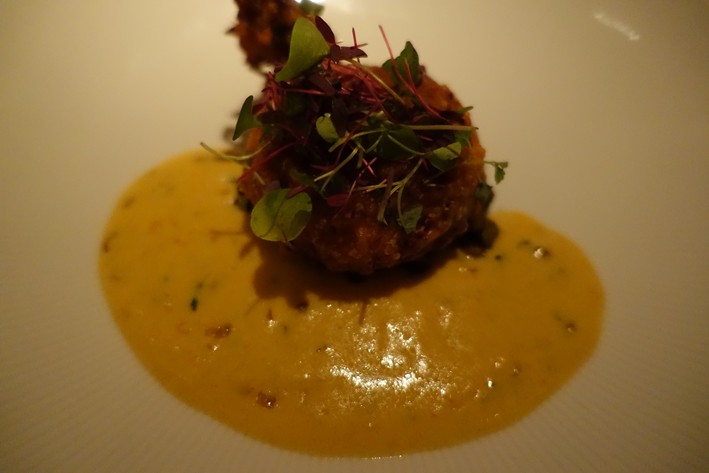


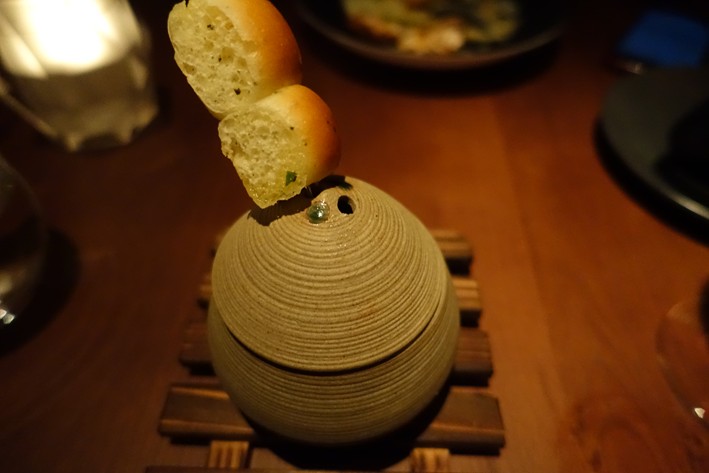

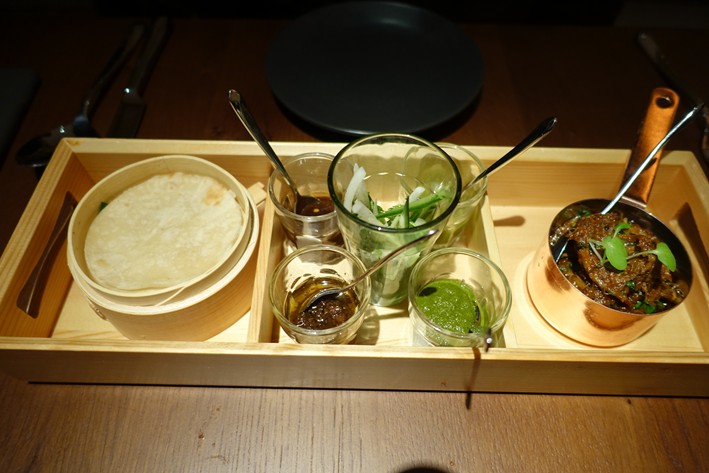


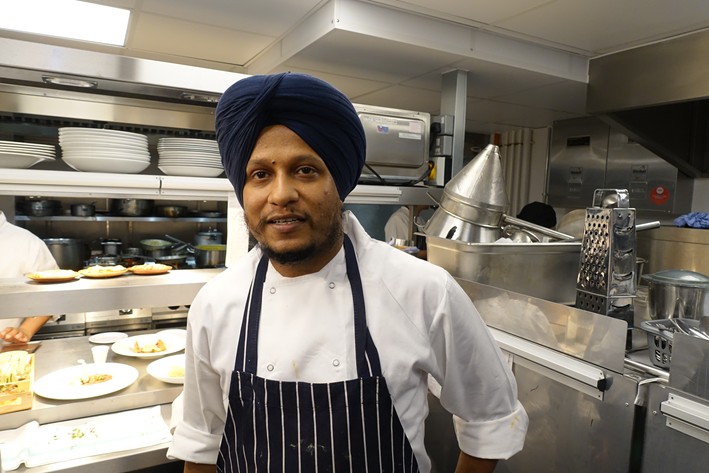



Robert Brown
I tend to think that Michelin only “understands” buzzy food, a contradiction to its maintaining that the only thing that matters is the food on the plate.